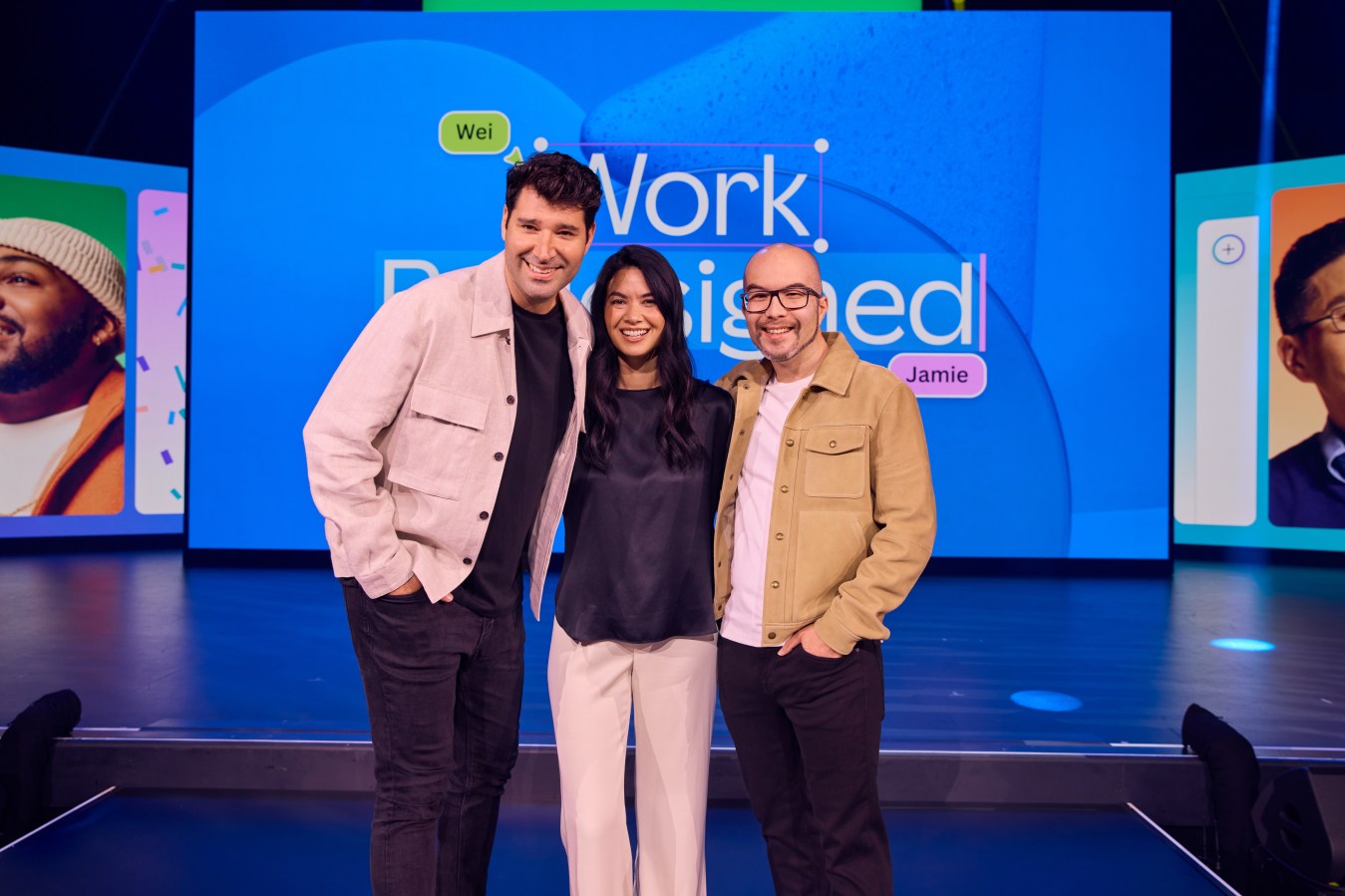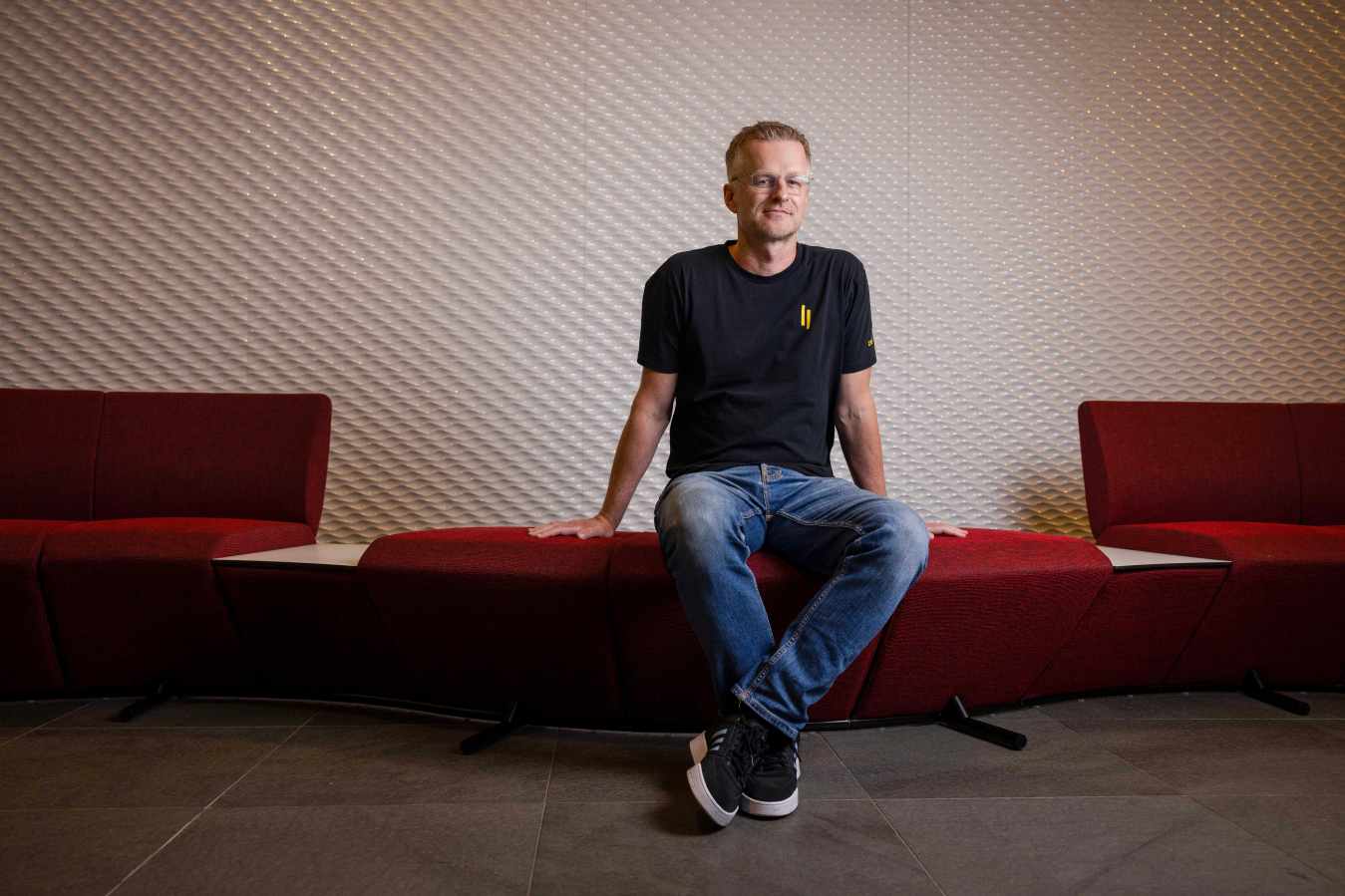Twenty years since it was founded in a Silicon Valley garage, LinkedIn has become an invaluable platform for professionals around the globe. Australian country manager Matt Tindale talks exclusively to Forbes Australia about driving engagement in the highly-penetrated Australian market.
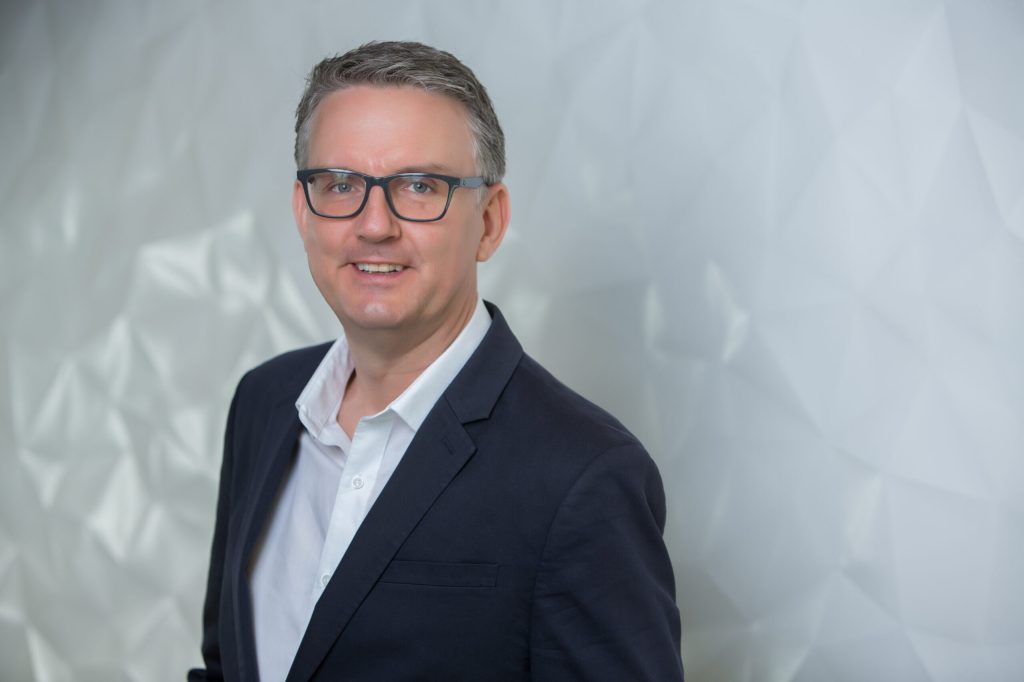
Key Takeaways
- LinkedIn grew 11% year-on-year in Australia, and has reached 15 million members.
- The platform had 16% more Australian job applications in 2023 than 2022.
- 71% of Australian employers have changed the skills and qualifications they are now looking for.
- Globally, two new members are added every second, according to LinkedIn.
- There’s been a 25% surge in CEOs and organisations leveraging LinkedIn to make key announcements.
LinkedIn now boasts a billion members globally. While Australia is far from the largest market, it has successfully captured a significant portion of its target demographic – students and professionals.
The value in the platform, Tindale tells me, is trust.
“Our platform has grown because people want to connect to opportunities. But also, because it’s a trusted, secure platform. We made a conscious decision from the get-go to verify identity. People trust the environment, the people, and they feel safe,” says Tindale from the boardroom of LinkedIn’s Sydney office.
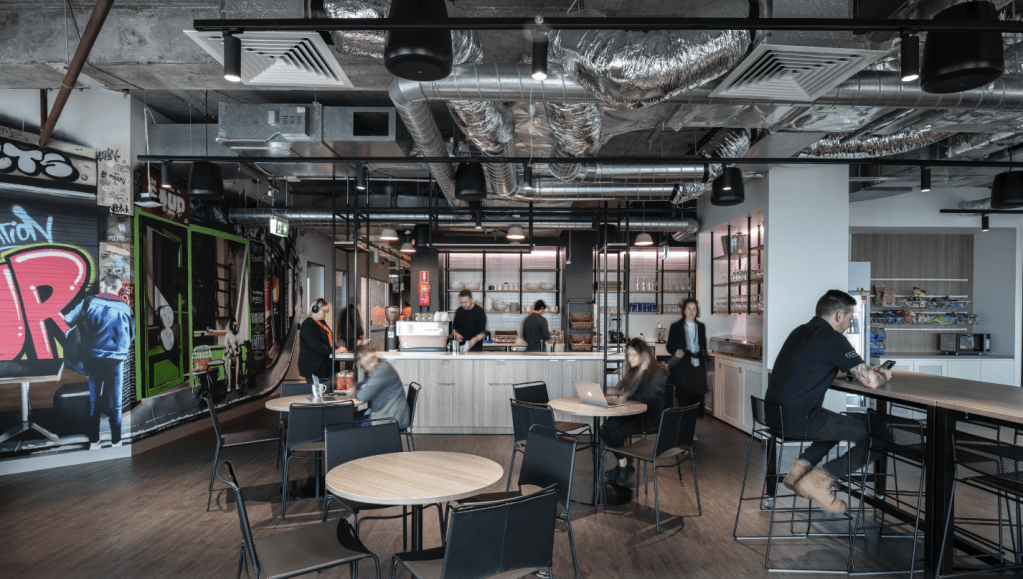
In Australia, verification can be done through an employer, an academic institution or by submitting a passport via Persona. It is not mandatory, but those that undertake the free verification process are ‘rewarded’ with a verified badge on the platform.
Verified profiles get more traction according to the company – 60 per cent more profile views, 50 per cent more comments and reactions to posts, and 30 per cent more messages.
Growth drivers: tertiary students, CEOs, and video
Today, more than half of Australia’s population is on LinkedIn.
“There are around 16 million workers and tertiary students in Australia, and that is our universe. 15 million of those 16 million people are on LinkedIn,” says Tindale.
“Australia is one of the most highly-penetrated and engaged markets in the world. The community we want to grow is professionals, and we have around 90 per cent in Australia. So it’s a very highly-penetrated, very highly-engaged market.”
The demographic driving growth in Australia is digital natives soon to enter the workforce, Tindale says.
“Tertiary students are one of the fastest growing segments on the platform. They are there to learn about soft and technical skills and also to connect with the right people.”
Matt Tindale
There has also been an increase in engagement from top leadership in organisations.
“We’ve seen a 25 per cent increase in companies and CEOs using the platform for major public announcements globally. It could be quarterly results, or it could be a huge update that they may have,” says Tindale.
Another area where the company is seeing growth is in the use of video.
“Video was often thought of in the domain of entertainment or food. Year-on-year we’ve seen professional video creation increase by 45 per cent,” he says.
Tindale addresses whether there has been an uptick in LinkedIn usage due to changes at Twitter — previously the go-to platform for journalists — and the departure of professionals from that platform in recent years. His response, along with comments on the changes at Meta related to news content, remains diplomatic.
“We’ve very much been true to our vision, which is to create economic opportunity for every member of the global workforce,” he says.
“I think our obsession with trust and creating a professional environment makes people want to come to the platform. Being true to that over the last 20 years – professional discourse, conversations, knowledge sharing, and the way that we interact with each other on the platform.”
Top five skills employers are looking for
What Tindale is happy to talk about, is what Australians are looking for from the LinkedIn platform.
He says the skills employers are seeking are changing and cites data gleaned from LinkedIn that found that within 6 years, employee skill sets will change even more.
“By 2030 the skills that you were doing in 2015 to make you successful will change by around 70%. There’s this constant and exponential change in the skills required to be good at your job.”
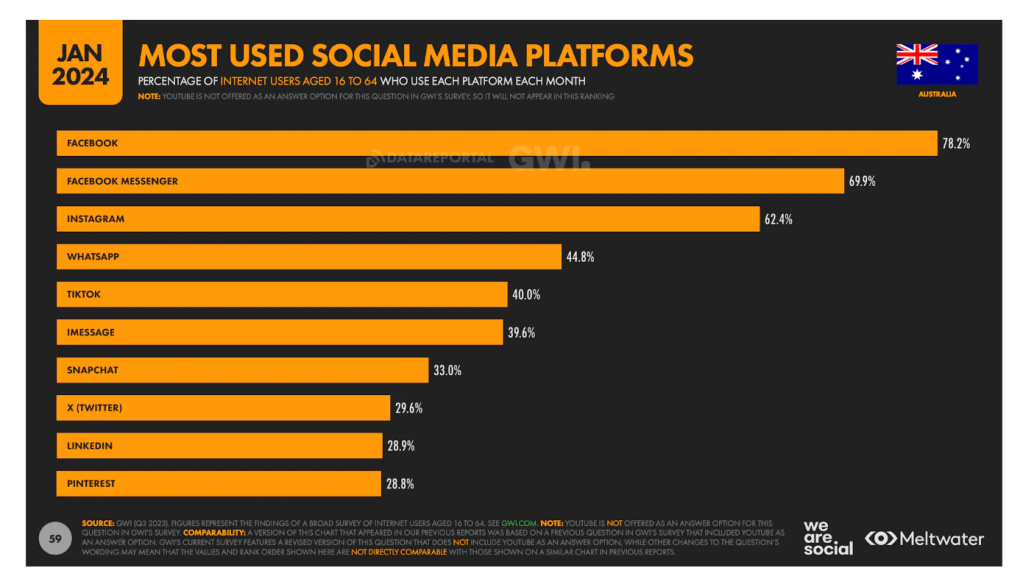
Today, Tindale says that the top 5 skills employers are looking for in Australian candidates are communication, problem-solving, collaboration, time management, and listening. In a tech-focused world it might be assumed that complex technical skills are paramount, and in some positions they are. But across the board, employers state strong people skills are vital.
“Technical skills are very important,” says Tindale. “But the top five skills for hiring managers in Australia are soft skills.”
The path behind, and the path forward
LinkedIn was founded in Silicon Valley in 2003 by Reid Hoffman and four friends. It became a unicorn in 2008, established a presence in Australia in 2009, went public on the New York Stock Exchange in 2011, and was delisted and acquired by Microsoft for US$26 billion in 2016. In the last financial year, LinkedIn reported annual revenue of US$15 billion.
Tindale joined the company in 2013 and was appointed as ANZ country manager four years later. There are around 350 staff in Australia according to the company. Tindale has held the top job for seven years and says the company is still expanding significantly in international territories.
“We add about two new members a second globally. Some of the fastest growth we’re seeing from a member perspective is in countries like Brazil and Indonesia. There’s now 100-million members in India and that is growing enormously,” says Tindale.

The company recently crossed the threshold of a billion members across the globe, meaning approximately one in four knowledge workers is already on the platform. Australia is among the countries with the highest penetration per capita, along with the US, UK, Germany, and France.
The next frontier, Tindale says, is tapping into the power of AI in the workplace.
“Three-quarters of leaders and hiring managers wouldn’t hire someone without AI skills. And when I say AI skills, it isn’t creating an AI product. It is using AI in the workforce – how you use it to draft an email, do research. How you use it to summarize your day and make to do lists,” says Tindale.
LinkedIn statistics state that currently 80% of Australian knowledge workers use generative AI in the workplace.
“You can look back in history, to the industrial revolution, the creation of the printing press, the steam engine, the internet. It completely changes how people work, and creates new industries and opportunities. That is going to happen. And it is happening now.”
Look back on the week that was with hand-picked articles from Australia and around the world. Sign up to the Forbes Australia newsletter here or become a member here.
